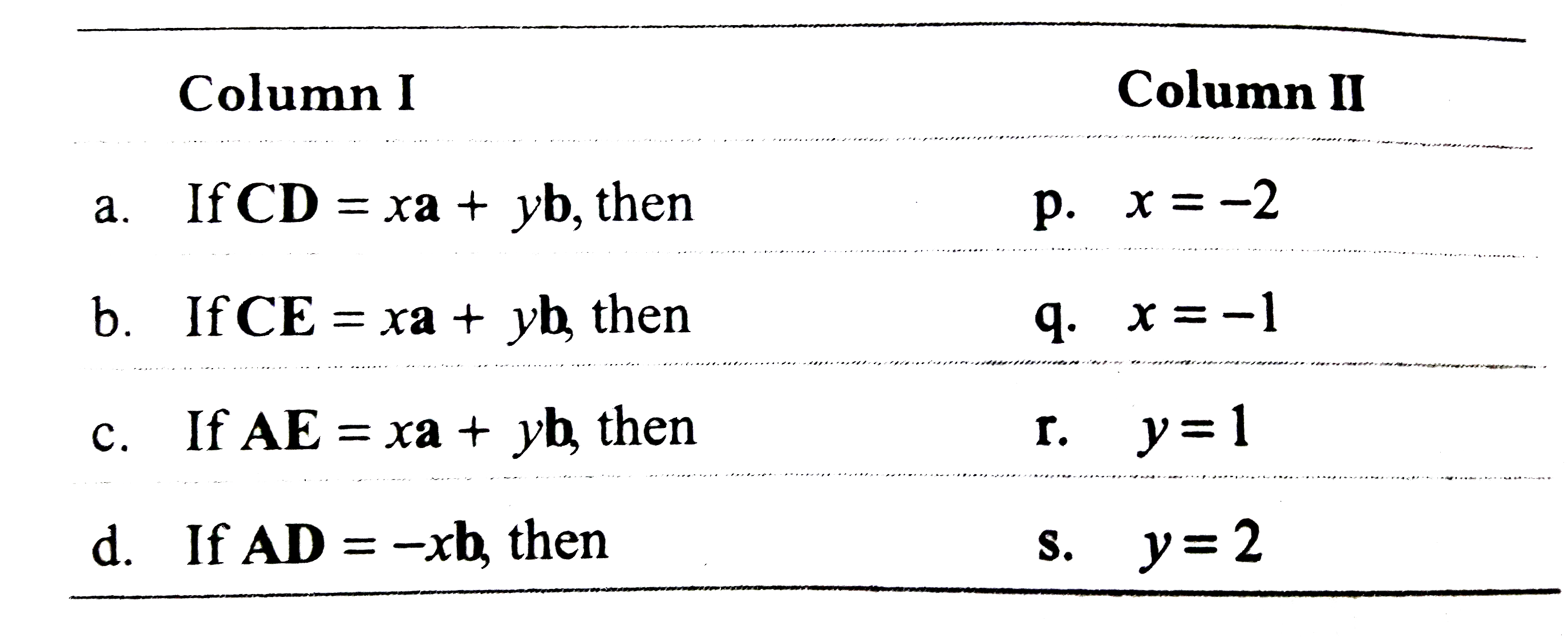Three vertices are chosen at random from the vertices of a regular hexagon then
The probability that the triangle has exactly two sides common with the side of the hexagon is
110
35
310
910
The correct Answer is:C
To solve the problem, we need to find the probability that a triangle formed by choosing three vertices from a regular hexagon has exactly two sides that are also sides of the hexagon. Here’s the step-by-step solution:
Step 1: Identify the total number of vertices in a regular hexagon.
A regular hexagon has 6 vertices, which we can label as A, B, C, D, E, and F.
Step 2: Calculate the total number of ways to choose 3 vertices from the 6 vertices.
The total number of ways to choose 3 vertices from 6 is given by the combination formula:
Total ways=(63)=6!3!(6−3)!=6×5×43×2×1=20
Step 3: Identify the favorable outcomes where the triangle has exactly two sides common with the sides of the hexagon.
To have exactly two sides of the triangle common with the hexagon, the three chosen vertices must be consecutive vertices of the hexagon. The third vertex must not be adjacent to the two chosen vertices.
The possible combinations of vertices that form triangles with exactly two sides common to the hexagon are:
- ABC
- BCD
- CDE
- DEF
- EFA
- FAB
Thus, there are 6 favorable outcomes.
Step 4: Calculate the probability.
The probability P that a triangle formed by choosing 3 vertices has exactly two sides common with the sides of the hexagon is given by:
P=Number of favorable outcomesTotal outcomes=620=310
Final Answer:
The probability that the triangle has exactly two sides common with the side of the hexagon is 310.
---
A regular hexagon has 6 vertices, which we can label as A, B, C, D, E, and F.
The total number of ways to choose 3 vertices from 6 is given by the combination formula:
Total ways=(63)=6!3!(6−3)!=6×5×43×2×1=20
To have exactly two sides of the triangle common with the hexagon, the three chosen vertices must be consecutive vertices of the hexagon. The third vertex must not be adjacent to the two chosen vertices.
- ABC
- BCD
- CDE
- DEF
- EFA
- FAB
The probability P that a triangle formed by choosing 3 vertices has exactly two sides common with the sides of the hexagon is given by:
P=Number of favorable outcomesTotal outcomes=620=310
The probability that the triangle has exactly two sides common with the side of the hexagon is 310.
Topper's Solved these Questions
- PROBABILITYBOOK - AAKASH INSTITUTE ENGLISHCHAPTER - PROBABILITYEXERCISE - ASSIGNMENT SECTION-E (assertion -reason type questions)
14 Videos
- PROBABILITYBOOK - AAKASH INSTITUTE ENGLISHCHAPTER - PROBABILITYEXERCISE - ASSIGNMENT SECTION-F (matrix-match type questions )
5 Videos
- PROBABILITYBOOK - AAKASH INSTITUTE ENGLISHCHAPTER - PROBABILITYEXERCISE - ASSIGNMENT (SECTION - C Objective Type Questions (More than one options are correct))
21 Videos
- PRINCIPLE OF MATHEMATICAL BOOK - AAKASH INSTITUTE ENGLISHCHAPTER - PRINCIPLE OF MATHEMATICAL EXERCISE - Section-D:(Assertion-Reason Type Questions)
11 Videos
- RELATIONS AND FUNCTIONS BOOK - AAKASH INSTITUTE ENGLISHCHAPTER - RELATIONS AND FUNCTIONS EXERCISE - Assignment (Section - J) Aakash Challengers Questions
8 Videos
Similar Questions
Knowledge Check
Three of six vertices of a regular hexagon are chosen at random. Tie probability that the triangle formed by these vertices is an equilateral triangle is
A320B310C−110D14
Three of the six vertices of a regular hexagon are chosen the random. What is the probability that the triangle with these vertices is equilateral.
View SolutionTwo squares of 1×1 are chosen at random on a chestboard. What is the probability that they have a side in common ?
View SolutionThe number of different quadrilaterals that can be formed by using the vertices of a regular decagon, such that quadrilaterals has no side common with the given decagon, is
View SolutionDraw a regular hexagon of side 5 cm.
View SolutionFind the perimeter of a regular hexagon with each side measuring 8 m.
View SolutionFind the perimeter of a regular hexagon with each side measuring 8 m.
View SolutionIf two of the 64 squares are chosen at random on a chess board, the probability that they have a side in common is
View Solution

